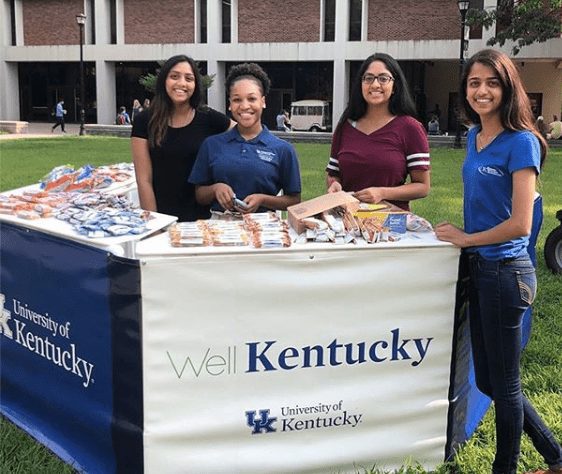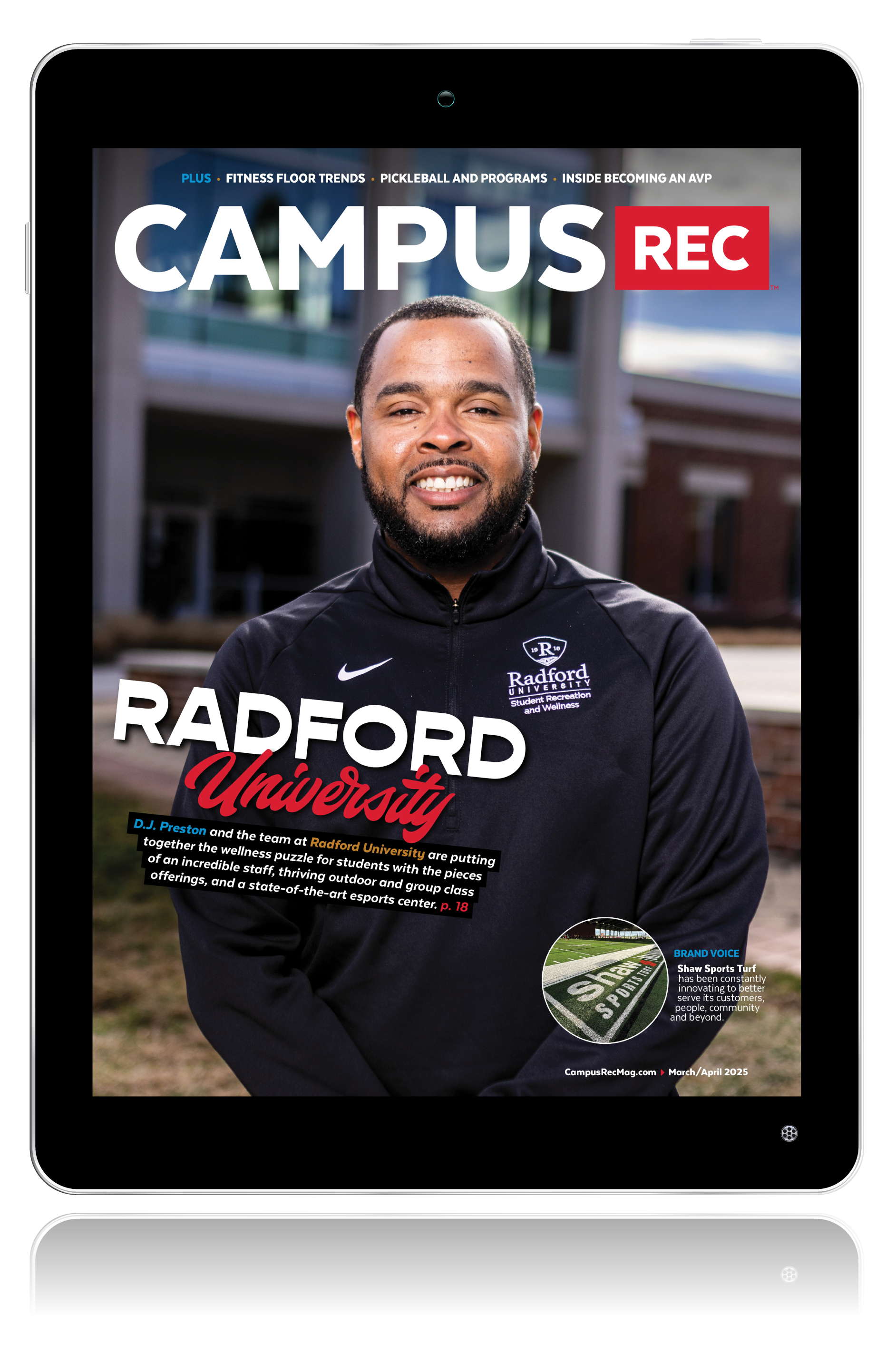
At the University of Kentucky (UK), the department of campus recreation and wellness brings all things wellness to students in a one-stop web tool on a site called wellkentucky.org.
The site allows departments across campus invested in student well-being to promote their individual department websites, as well as upcoming programs and important wellness information. “As a collective project, all departments involved in WellKentucky Campus Coalition promote the website in their materials, throughout their offices and within campus programs,” described Ashley Hinton, the director of student wellness at UK.
To reach more students on campus, Hinton found collectively getting departments to work together proved more effective and efficient. “Students have reported they like finding all wellness information in one easy to navigate location,” she said. “Students also recognize the holistic component to well-being and having a program or a website that only focuses on one component to student wellness does not effectively meet their needs.”
To further promote the site and collaborative impact, wellness professionals involved with WellKentucky also host two large student events throughout the year, working to bring wellness out to the students. Additionally, the program has a student division made up of multiple student leaders across campus who provide ongoing feedback and information to the professional staff.
This information helps the department compile feedback and drive decision-making, as well as create a number of strategies including monitoring analytics of the site to see how many students are reached, what they are seeking and when. “Another [strategy] is national surveys conducted regularly to collect information about student’s well-being,” said Hinton. “And lastly, an impact evaluation is conducted following large events.”
When it comes to creatively increasing student’s awareness of wellness, Hinton elaborated the benefits of campus-wide collaboration to not recreate the wheel, but to find the unmet needs of students.
“Take the time to listen to students and truly understand their needs without assumption of our own,” said Hinton. “And lastly, utilize colleagues already doing this work and see what opportunities there are to work together to promote holistic well-being in all things you do.”










